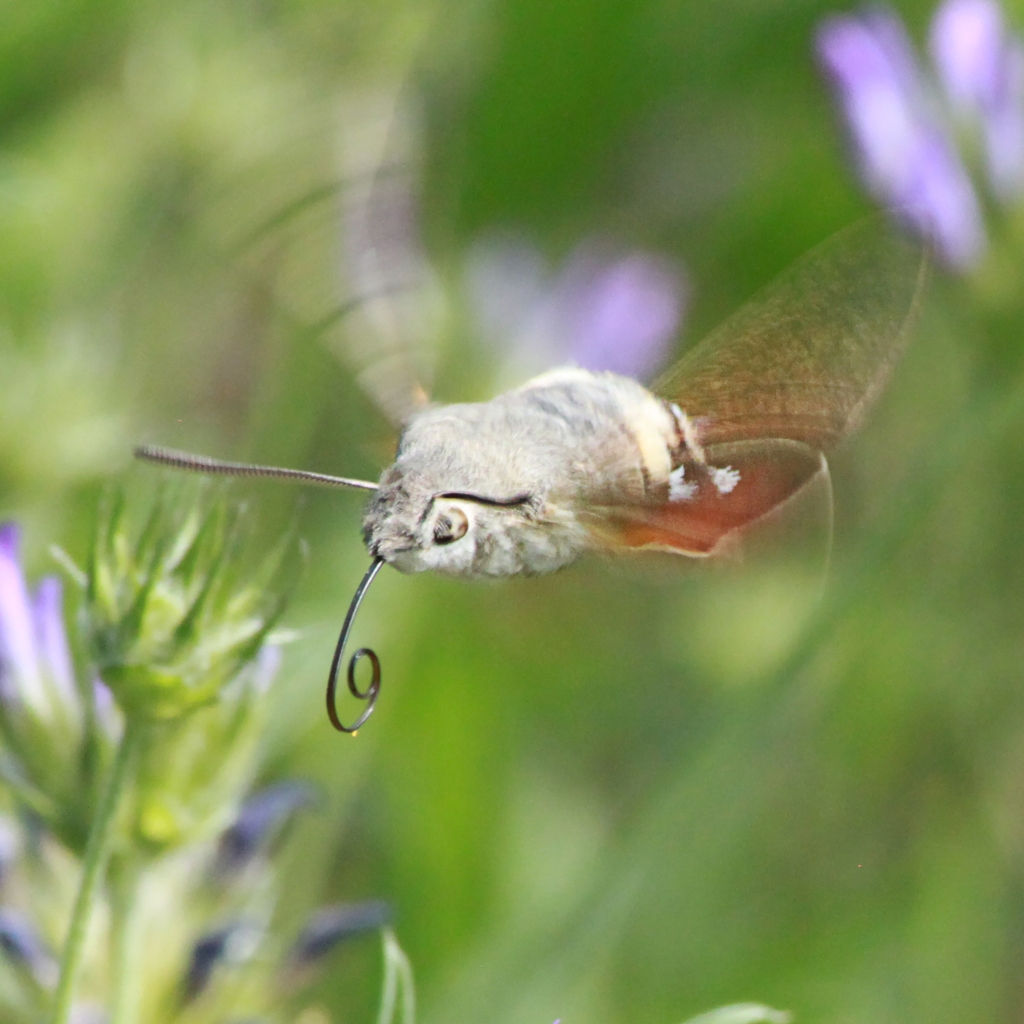
by Richard Conniff
I have mixed feelings about sphingid moths, sometimes called sphinx moths because the position their caterpillars commonly assume is said to resemble the Great Sphinx of Giza (but I don’t see it). I prefer to call them hummingbird moths, or just plain hawkmoths. On the one hand, I am deeply prejudiced against some of them for a selfish reason: One of the most dismaying experiences for any vegetable gardener is to step out one morning in late July, just as the luscious and long-awaited tomatoes are coming due–and discover the stems and branches of the tomato plants suddenly stripped bare of leaves. The culprit is the caterpillar of the five-spotted hawkmoth (Manduca quinquemaculata), and they are wonderfully camouflaged to keep their enemies (me, among others) from finding them.
It’s some consolation to find caterpillars after parasitic wasps have already gotten to them. You can see the caterpillar’s body ornamented with the pearly pupae of the next wasp generation. (See the photo at left.) Those I leave where they are, for the budding young wasps to emerge and destroy other tomato hornworms, the ones I haven’t managed to find. The hornworms I find in good health, them I murder.
OK, I’ve gotten that off my chest. The truth of course is that I should not generalize. There are many other species of hawkmoth (1450 of them) that are entirely innocent of molesting my tomato plants. So let’s move on.
I admire hawkmoths mainly for the speed and purposefulness of their flight, the way they whip from plant to plant almost like hummingbirds, with that same motor-like whirring of their wings. Their wingbeat, up to 80 times a second, is actually faster than a hummingbird’s And then there’s the needle-thin proboscis they use for sucking up nectar from flowers. It’s as long as, and sometimes much longer than, the rest of the hawkmoth’s body.









